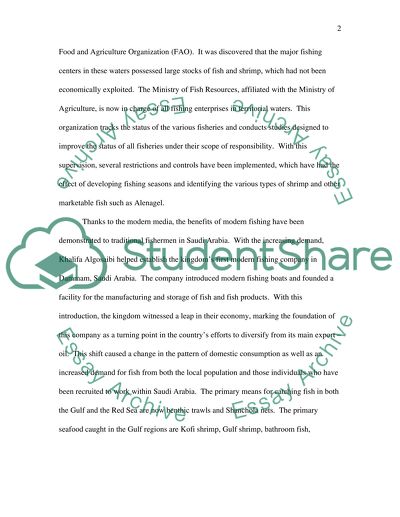Cite this document
(“Saudi Arabia Essay Example | Topics and Well Written Essays - 1500 words”, n.d.)
Saudi Arabia Essay Example | Topics and Well Written Essays - 1500 words. Retrieved from https://studentshare.org/macro-microeconomics/1539063-just-fixingeditingimproving-and-summarizing
Saudi Arabia Essay Example | Topics and Well Written Essays - 1500 words. Retrieved from https://studentshare.org/macro-microeconomics/1539063-just-fixingeditingimproving-and-summarizing
(Saudi Arabia Essay Example | Topics and Well Written Essays - 1500 Words)
Saudi Arabia Essay Example | Topics and Well Written Essays - 1500 Words. https://studentshare.org/macro-microeconomics/1539063-just-fixingeditingimproving-and-summarizing.
Saudi Arabia Essay Example | Topics and Well Written Essays - 1500 Words. https://studentshare.org/macro-microeconomics/1539063-just-fixingeditingimproving-and-summarizing.
“Saudi Arabia Essay Example | Topics and Well Written Essays - 1500 Words”, n.d. https://studentshare.org/macro-microeconomics/1539063-just-fixingeditingimproving-and-summarizing.


